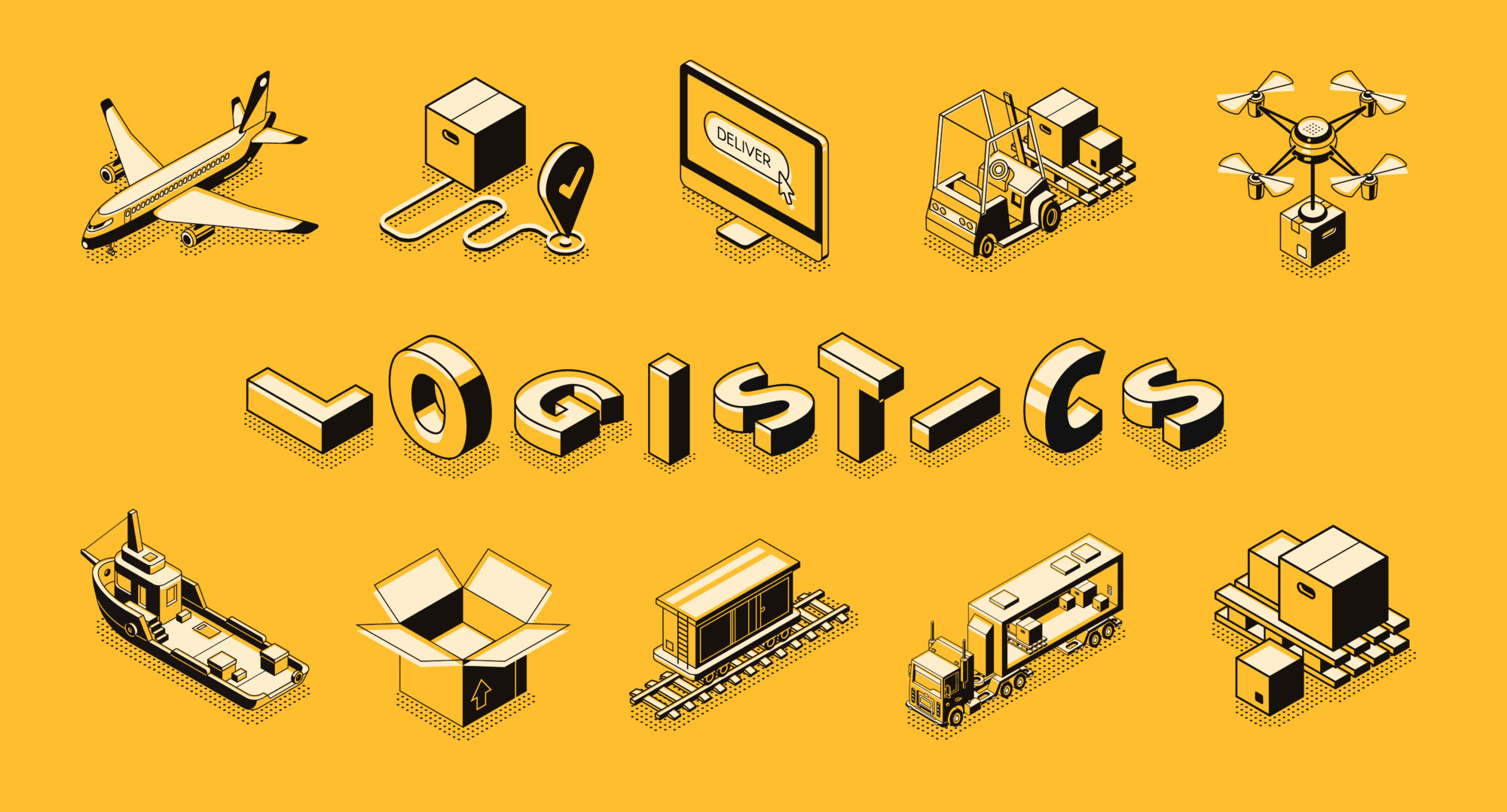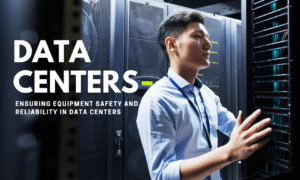Today, being solely fast in the logistics world isn’t enough. You’ve got to be flexible, too. Orders change, routes shift, and equipment breaks down. Sometimes all in the same hour. To keep up, businesses like yours are starting to think differently—not just about software, but about the whole system. It’s not just about having a dashboard that looks nice. It’s about machines that work when they’re needed, batteries that don’t quit mid-shift, and systems that adapt as fast as your team does.
That’s where things like industrial forklift batteries by Deka come in. They’re not flashy, but they keep everything moving.
The Growing Need for Agility in Logistics
A few years ago, logistics was all about efficiency. Now? It’s about adaptability. The world doesn’t wait. Whether it’s a delayed shipment or a sudden spike in online orders, you’ve got to be able to react fast.
You’ve probably felt this already. A delay in one area throws off the whole system. Drivers wait. Inventory piles up. Customers get frustrated. That’s why more companies are rethinking their operations, building flexibility into their supply chain from the ground up.
Agile logistics isn’t just a buzzword. It means being able to pivot. Reroute. Rethink. And tech plays a huge role in making that happen.
The Invisible Backbone — Power and Infrastructure
Here’s something people don’t always talk about: none of this tech matters if your machines can’t keep up.
It’s easy to focus on software and forget about the hardware doing the actual heavy lifting. Forklifts, loaders, conveyors—they’re the muscle of your operation. If one of them goes down, everything slows. Or worse, stops completely.
That’s why having dependable power sources isn’t just nice—it’s critical. A forklift battery dying in the middle of a shift? That’s not just an inconvenience. That’s hours lost, teams stalled, and shipments delayed.
And yet, power infrastructure is often the most overlooked part of modern logistics. It’s not flashy. It doesn’t trend. But without it, your operation can’t be agile—no matter how good your software is.
Integrating Smart Tech for Workflow Efficiency
Let’s get into the fun stuff. Smart tech. Predictive tools. Sensors that tell you what’s going wrong before it actually goes wrong.
These aren’t futuristic add-ons anymore. They’re becoming part of the daily workflow. Your equipment can now talk to you. It can flag a problem early. It can help schedule maintenance before breakdowns happen.
The coolest part? You don’t need to be a tech expert to make it work. Many of these systems are plug-and-play. They give you updates, alerts, and clear action steps—all in real time.
Think about how much smoother your day could be if you knew in advance that a machine needed attention. No more guessing. No more waiting for things to break. Just clear info, fast action, and fewer delays.
And when these systems work together—your machines, your software, your team—you get a kind of rhythm. It’s like everything flows. That’s real efficiency. That’s the kind of speed that matters now.
The Human Element in Tech-Enhanced Logistics
But let’s be honest—tech alone won’t save you.
You still need people who notice things. People who can look at an alert and know what it means. People who can step in when something doesn’t feel right.
That’s why the best logistics operations today blend smart tools with smart teams. You bring your people into the process. You show them how the system works. You make sure they’re not just reacting to tech but working with it.
Because at the end of the day, logistics is human. It’s decisions made on the fly. It’s teamwork under pressure. And no app is going to replace that.
So yeah, use the tech. Build the systems. But trust your people too. They’re the real engine of an agile operation.
Conclusion
If you want to build a logistics system that moves with the times, you’ve got to think big—and small. Big, in terms of vision. But also small, as in: is your forklift charging right? Are your machines giving you the data you need? It’s not just about tech. It’s about trust. Trusting that your equipment will work when you need it. Trusting your team to make the right call, fast. And part of that trust comes from paying attention to the things that keep everything moving, like heavy equipment monitoring systems that help prevent problems before they hit.



































